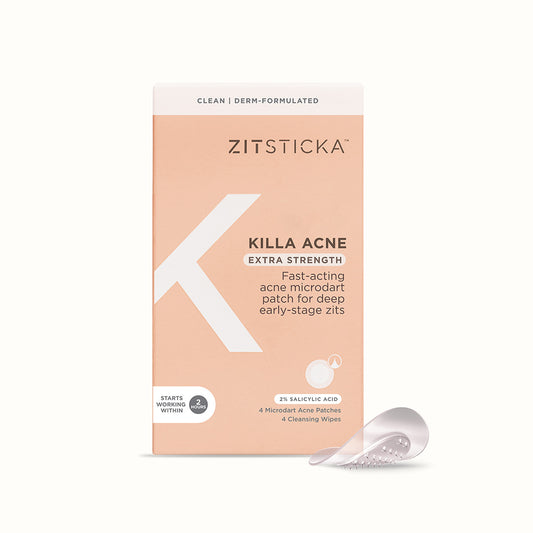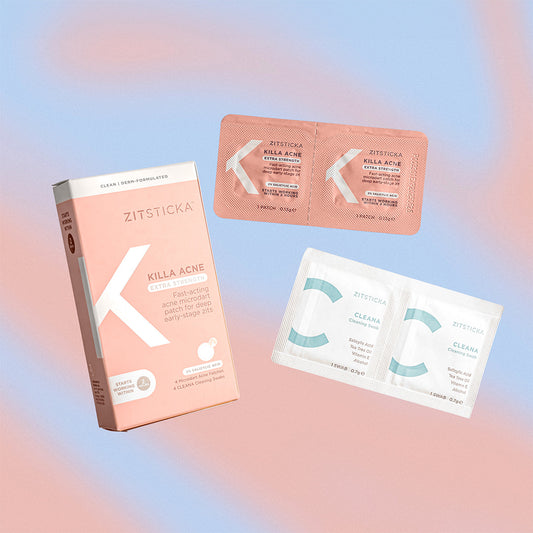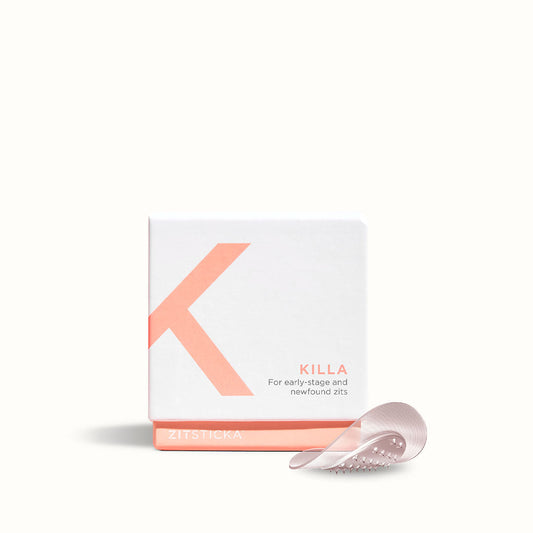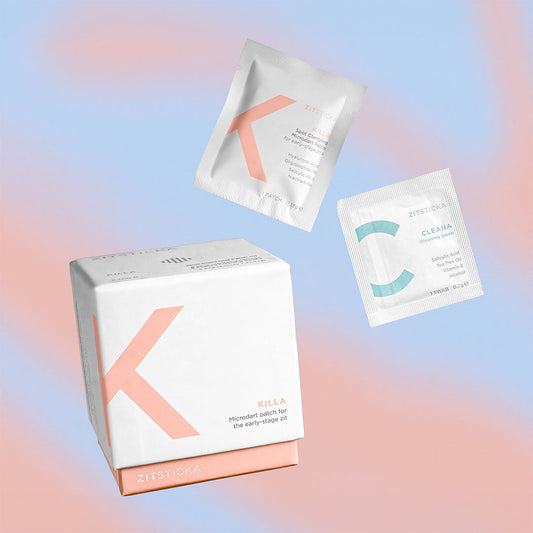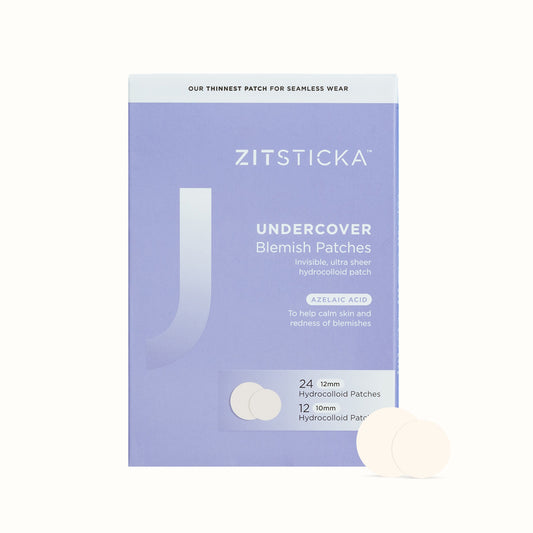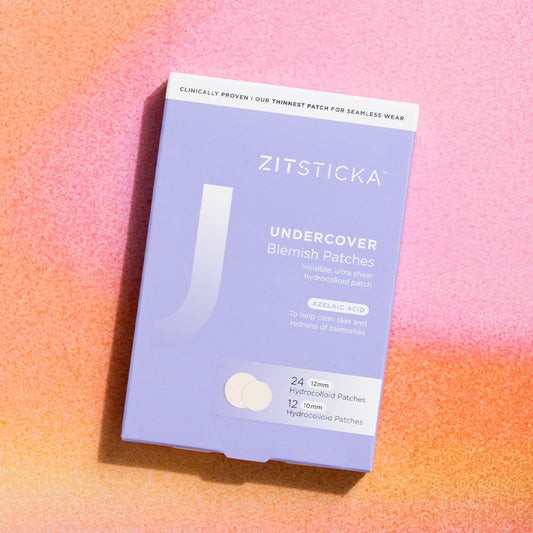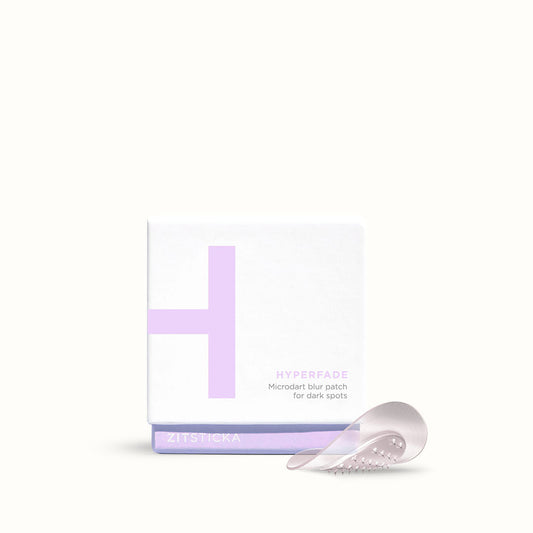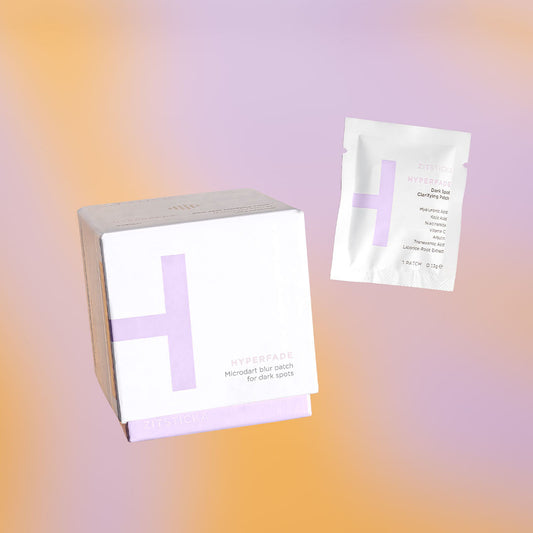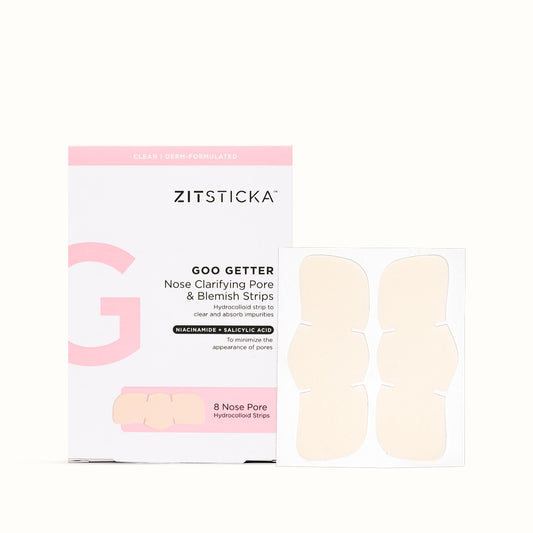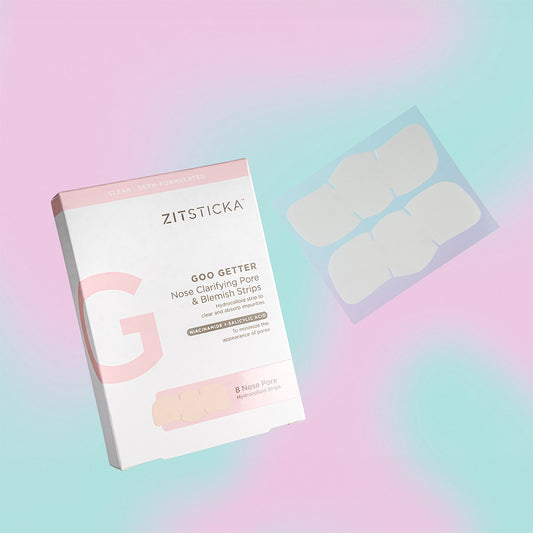By Tyler Guitroz
Due to various factors—no matter what your skin type—hyperpigmentation and skin discoloration are unwelcome facts of life. UNWELCOME! Understanding what the different forms are and how to deal with them can be difficult, given how similarly they can *present*. Here, we unpack the three most common hyperpigmentation conditions—what they are, how they come to be, how to live with them, and how to treat them. (Spoiler: All are best treated with our fade-fast supplement, BLUR POTION!)
Sun Spots (Medically: Actinic Lentigines)

Pigmentation occurs when the melanin cells make contact with keratin cells and form a unit called the “epidermal-melanin unit” located—you guessed it—in the epidermis! This is where skin color is determined, and is the first line of defense against sun damage. Higher levels of pigment indicate stronger defenses from the sun, though it is worth noting that it does not create complete protection from damages of UV radiation.
When we don’t properly protect our skin from the sun, it can manifest in a variety of ways: immediately, we can get sunburn; over time, we can experience dryness and a compromised moisture barrier; in the long run—along with increased signs of aging—we can also develop sun spots.
Sun spots are damaged skin cells resulting from chronic sun exposure over time. They are larger, dark brown spots that can occur on anyone anywhere where there is significant and overt sun-exposure like the face, hands, forearms, check, back, and shins. They can be quite difficult to get rid of once they set in—and are arguably just as easily prevented as they are acquired by a little thing we like to call SPF (Also! BLUR POTION, once acclimated to your body, is able to guard you from UV damage. She's a great partner to your SPF!).
Melasma (caused by hormones - especially during pregnancy)

Melasma is a genetic, persistent, blotchy, darkening of patches of skins (typically brown or grayish-brown) occurring most frequently on the forehead, chin, cheeks, upper lip, and/or nose. It typically develops in women in their adolescence to 30s and can persist for decades. Melasma is more common in those with more/darker skin pigmentation given their more active pigmentation-producing cells. Melasma is a result of hyperactive production of pigmentation producing cells in certain areas of the skin—a mechanism similar to the production of sun spots—though melasma tends to be much greater in size. As mentioned, melasma is more common in women, though it can still affect men.
In women, melasma can be caused by an overproduction of hormones—mainly estrogen and progesterone—exacerbated by sun-exposure and often seen in pregnant women (15%-50%). With that said, it can still occur in 1.5% to 33% of the female population in general. (WHEN WILL WE GET A BREAK?!) Other causes/exacerbating agents included ultraviolet, visible light, or infrared radiation as well as symptoms of antiseizure medications, phototoxic reactions from makeup, skincare products, and soaps.
In men: the genetic and photodamaged-related causes of melasma can also stir the condition in men. (Though it should be mentioned, substances like shaving creams, aftershaves, and perfumes are lesser known as contributing factors for men.) Additionally, hormonal imbalances between estrogen and testosterone are thought to contribute to instances of melasma in men.
Though melasma is benign and non-cancerous, it can pose a negative impact on the mental wellbeing of those who are affected.
Post-Acne Dark Spots/Post-Inflammatory Hyperpigmentation (Caused by acne)

Post-inflammatory hyperpigmentation (PIH) as a result of acne (or Post-acne dark spots)...This can occur in all skin types, though most commonly tend to affect more pigmented skin types such as those seen in with Black/African American, Hispanic/Latinx, Asians, Native populations, and Pacific Island descent. PIH is a result of inflammation and/or cutaneous injury. PIH occurs as overproduction of melanin or irregular dispersion of pigment following inflammation in the skin. When this is restricted to the epidermis, it can represent an increased influence on the surrounding pigmentation cells, resulting in increased pigmentation. In the skin, the inflammation-induced damage to the pigmentation cells releases large quantities of melanin. PIH is worsened by UV irradiation and repeated and/or continuous inflammation.
Prevention: SPF
At this point, I am sure it has probably never been more clear the importance of SPF and sun protection. That’s just it! Plain and simple. SPF is the bread to your sandwich. It is the case and shield to your iPhone. It is Skin Discipline to your clear skin. It is the ultimate defense for the largest organ your body has, and therefore should not be an afterthought. Simple daily application and reapplication of SPF can be the means by which you save many hours of research, many dollars of your hard earned cash, and many moments worrying about the health and appearance of your skin.
Treatments
Yup, you guessed it! This is the part where we vigorously recommend BLUR POTION. We formulated her for stubborn, longstanding skin discoloration, and as an alternative to invasive procedures and expen$ive laser treatments. But also! Topicals that are unable to undo pronounced damage, because they're unable to work beneath the surface or address the systemic causes of hyperpigmentation. Head here for the deep-dive on BLUR POTION.
Still don't know where your breakouts are coming from? An ancient Chinese and Ayurvedic medicinal technique called "face mapping" might have all your answers...
Title image: @kittkettle

